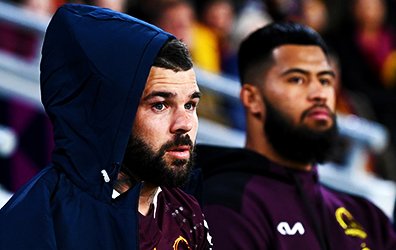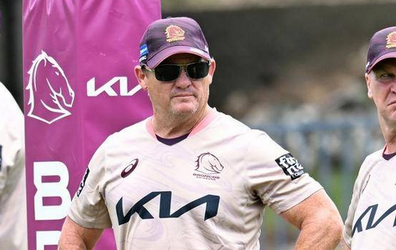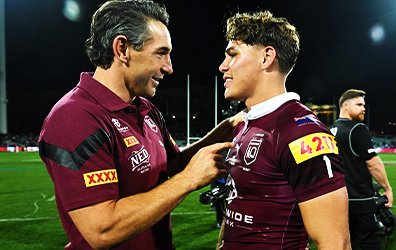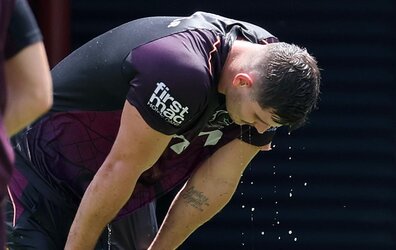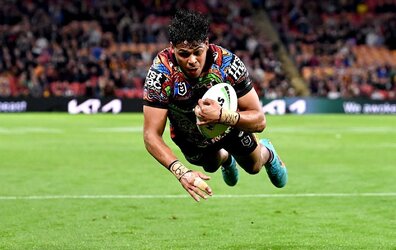C
Coxy
International Captain
- Mar 4, 2008
- 31,212
- 1,886
As soon as you include ACTUAL injury in any judiciary consideration you're opening a can of worms. As you say, any tackle can cause injury. You then have to determine if an injury that occurs in an incident is the result of the illegality, or just bad luck.
For example, the guy that gets stunned by a high tackle that doesn't make huge contact, isn't overly aggressive, just slips high, and the guy falls awkwardly and does their ACL. Do you suspend the guy for a season because of the injury? Or do you accept the injury happened unluckily?
Likewise, a stiff arm to the jaw doesn't happen to break a guy's jaw. Does that make it less dangerous than an identical tackle that does break another guy's jaw? Do we penalise guys for hitting someone with weaker bones?
What happens if Hodges does the same tackle as he did on Riddell and a guy DOES break their neck and get paralysed?
Injury simply can't be considered. It's far too subjective, far too luck-driven.
For example, the guy that gets stunned by a high tackle that doesn't make huge contact, isn't overly aggressive, just slips high, and the guy falls awkwardly and does their ACL. Do you suspend the guy for a season because of the injury? Or do you accept the injury happened unluckily?
Likewise, a stiff arm to the jaw doesn't happen to break a guy's jaw. Does that make it less dangerous than an identical tackle that does break another guy's jaw? Do we penalise guys for hitting someone with weaker bones?
What happens if Hodges does the same tackle as he did on Riddell and a guy DOES break their neck and get paralysed?
Injury simply can't be considered. It's far too subjective, far too luck-driven.

